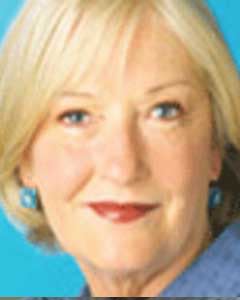Holding aloft a spade with a bright green pointed blade, Archbishop Fred Hiltz delivered a stirring May Day sermon at Holy Trinity Lutheran Church in Buffalo, N.Y. The service was one of two Canada-U.S. border services, the other in Fort Erie, Ont., celebrating a decade of full communion between Anglicans and Lutherans.He brought this horticultural prop to the pulpit in a salute to the April tree-planting ceremony at Queen of Apostles Renewal Centre in Mississauga, Ont. The maple tree now marks the 10th anniversary of the Declaration of Full Communion between the Evangelical Lutheran Church in Canada and the Anglican Church of Canada, made at Waterloo, Ont., in July 2001. Archbishop Hiltz prayed that the tree would be “a sign of our rootedness in the Reformation, in the faith and tradition of the early church, and in the prayer of Jesus that they all may be one.” In Canada, full communion is already manifest in a number of ways. The two churches held the first joint meeting of their respective governing councils in April and are developing a theme for the joint meeting of the Lutheran National Convention and Anglican General Synod in July 2013 in Ottawa.At the local level, noted Archbishop Hiltz, full communion takes the shape of guidelines for common worship; joint participation in the ordination of bishops, priests and pastors; serving in each other’s churches; shared ministries; and joint church plantings.Every year, there is a joint National Worship Conference and every second year, a lively event called Canadian Lutheran Anglican Youth (CLAY). “[With] one thousand strong in attendance, it is by far the largest, most vibrant and hope-filled expression of full communion,” said Archbishop Hiltz, adding that, for young people of the future, inter-church communion will be the norm. “It will be in their DNA,” he said. Ω





